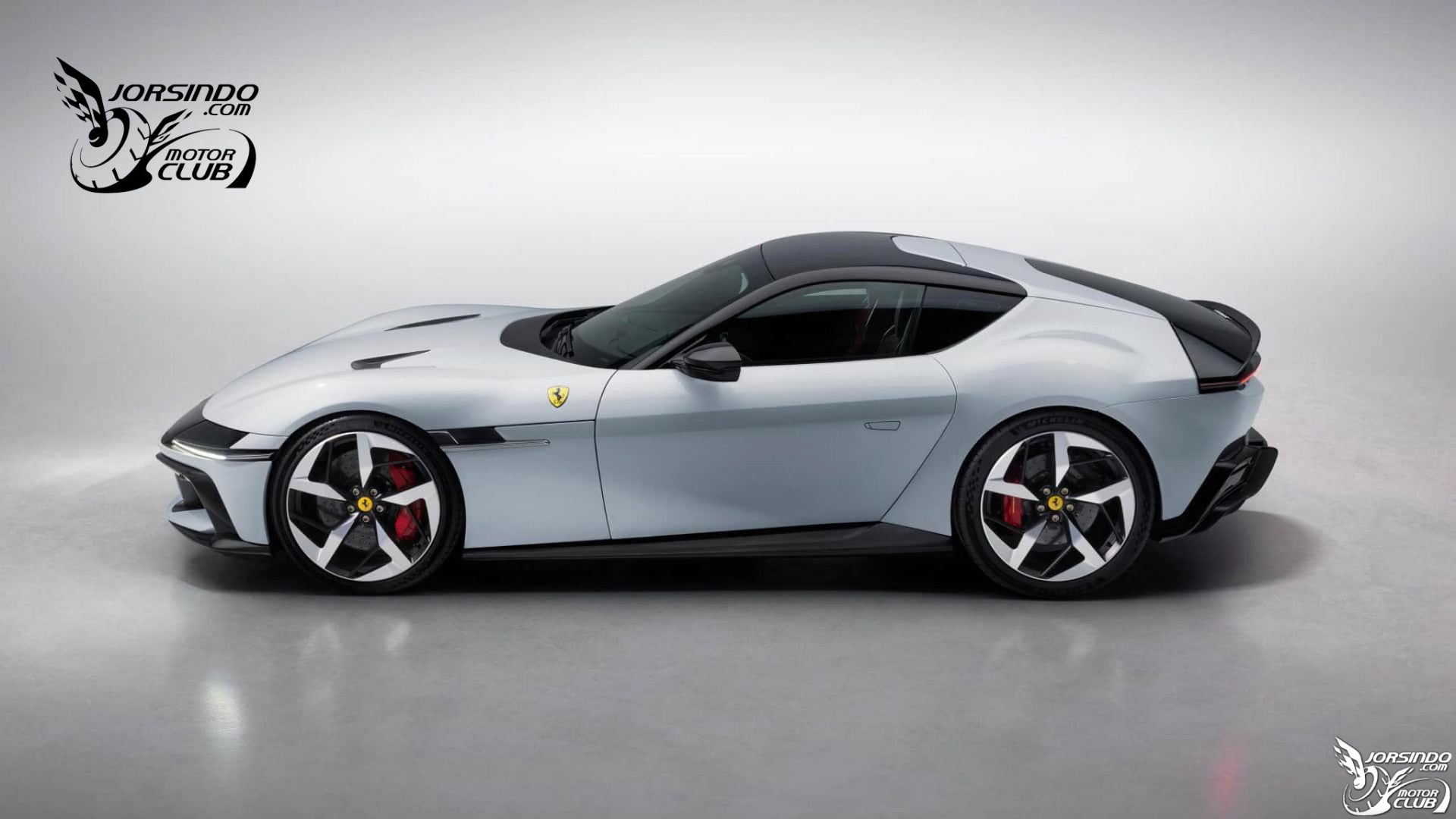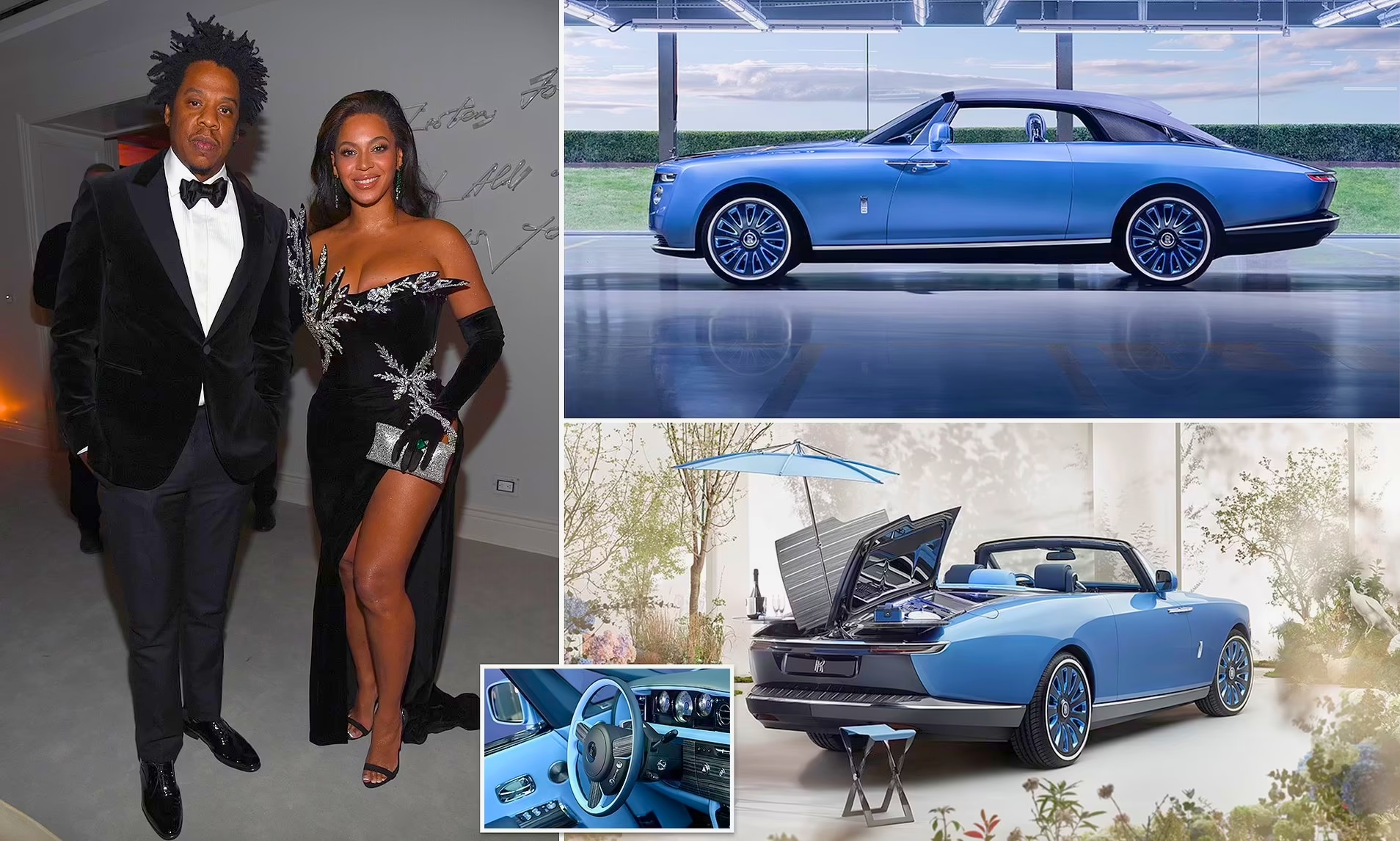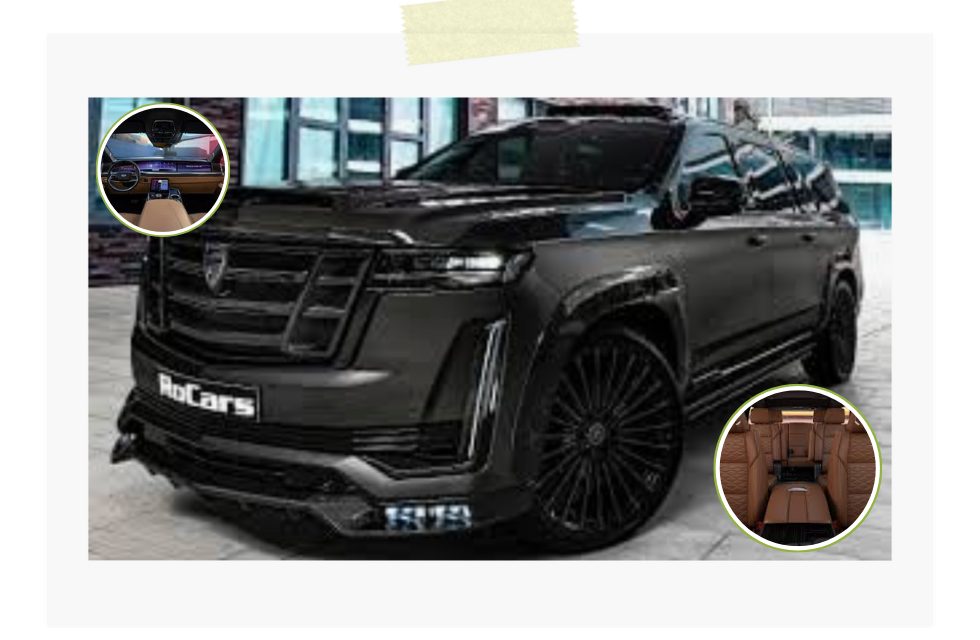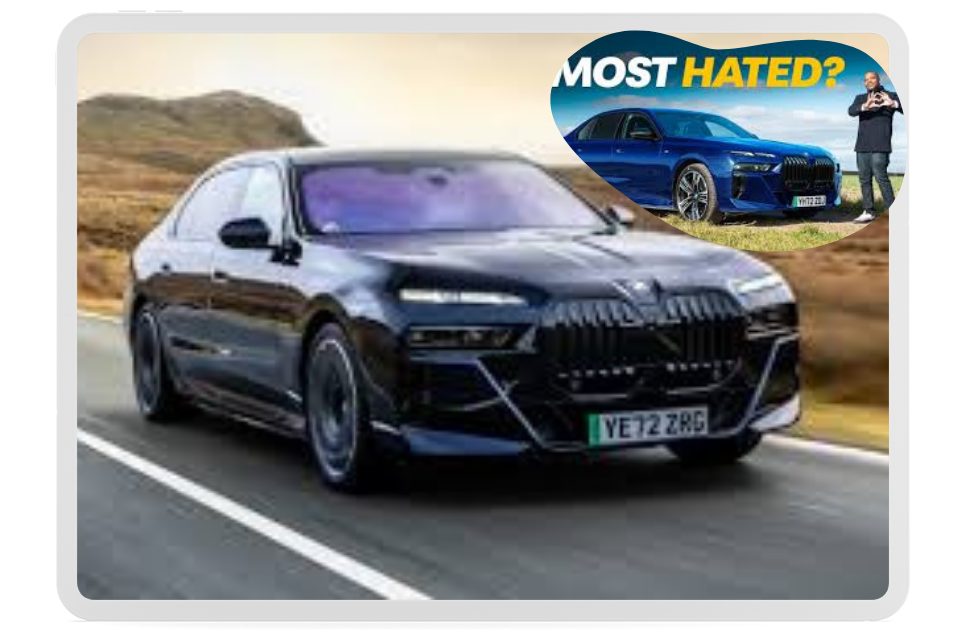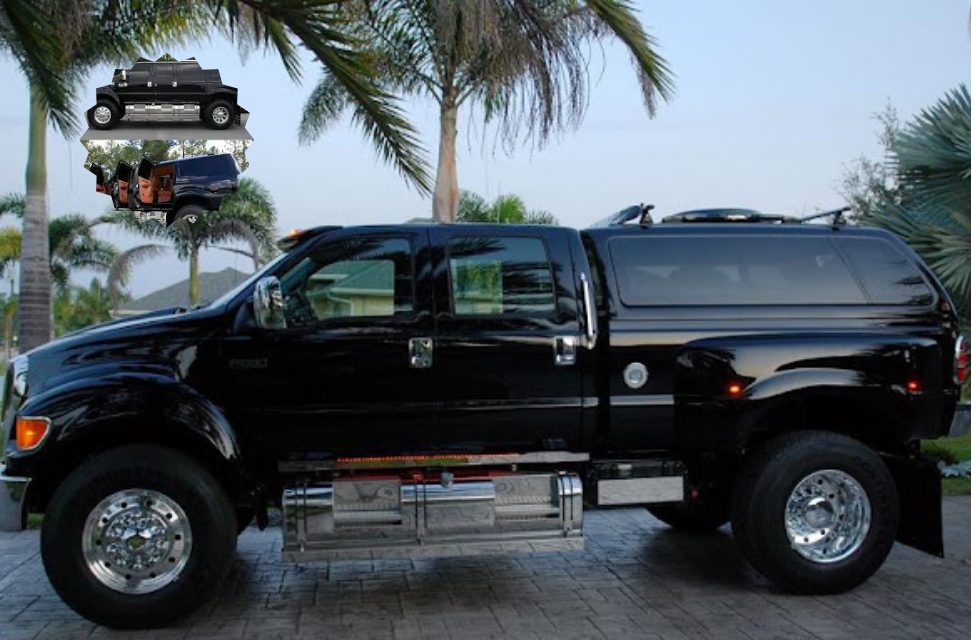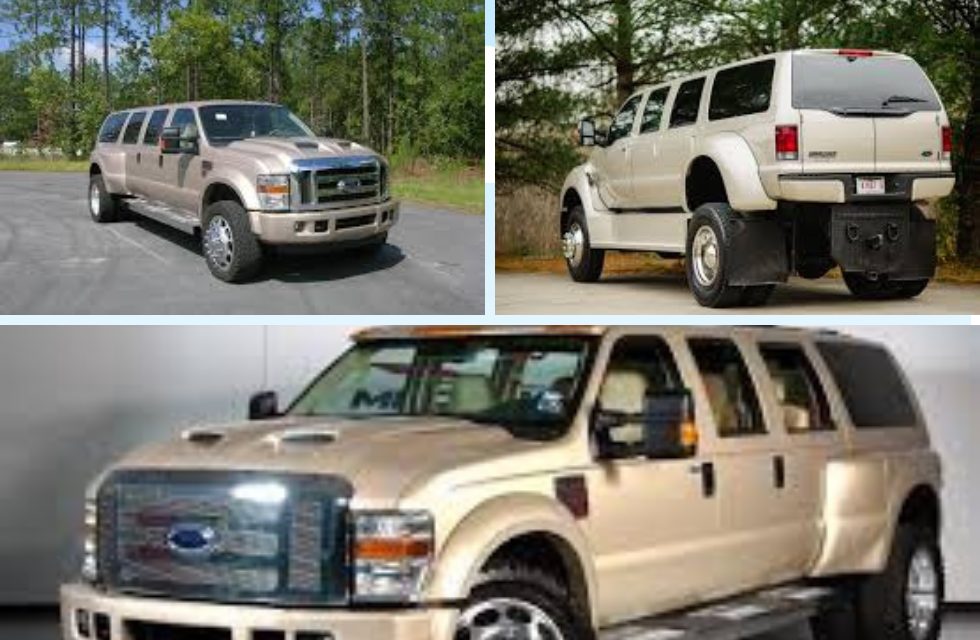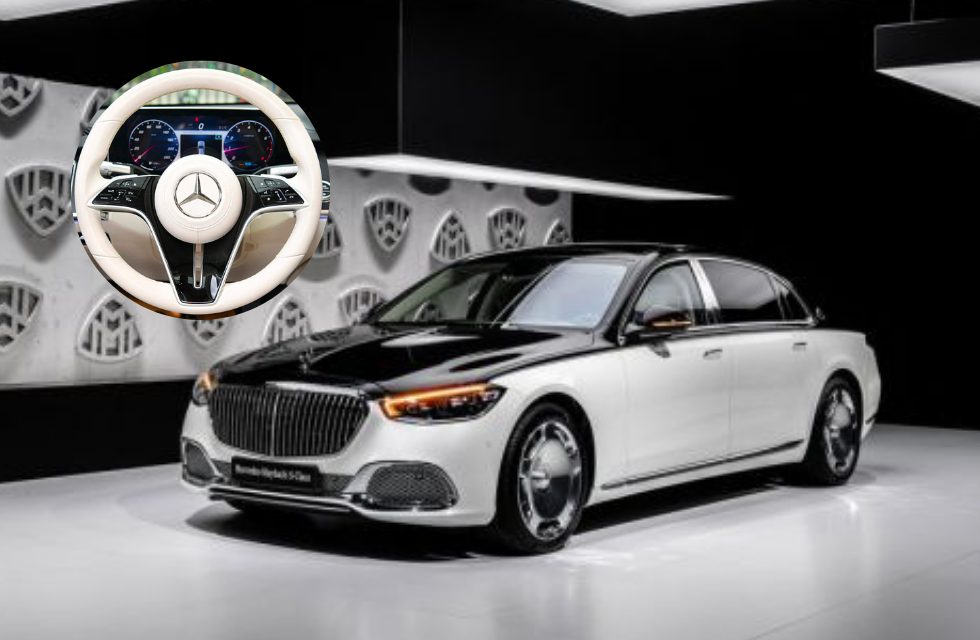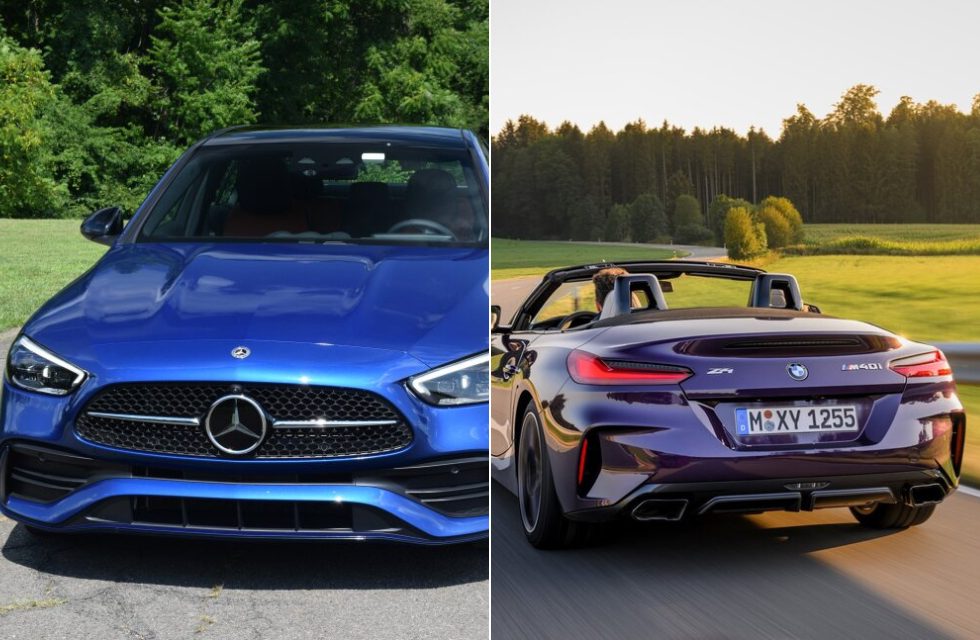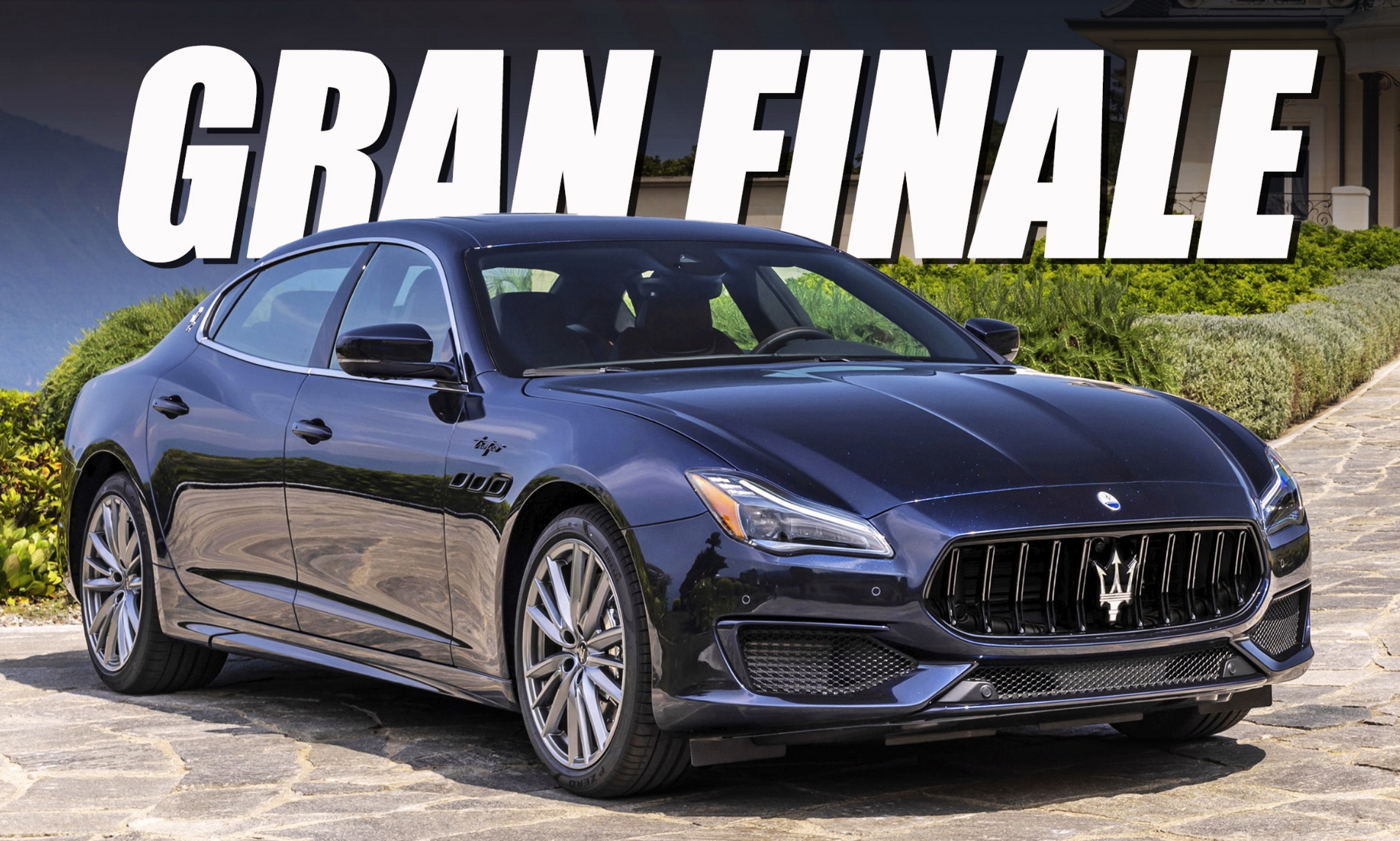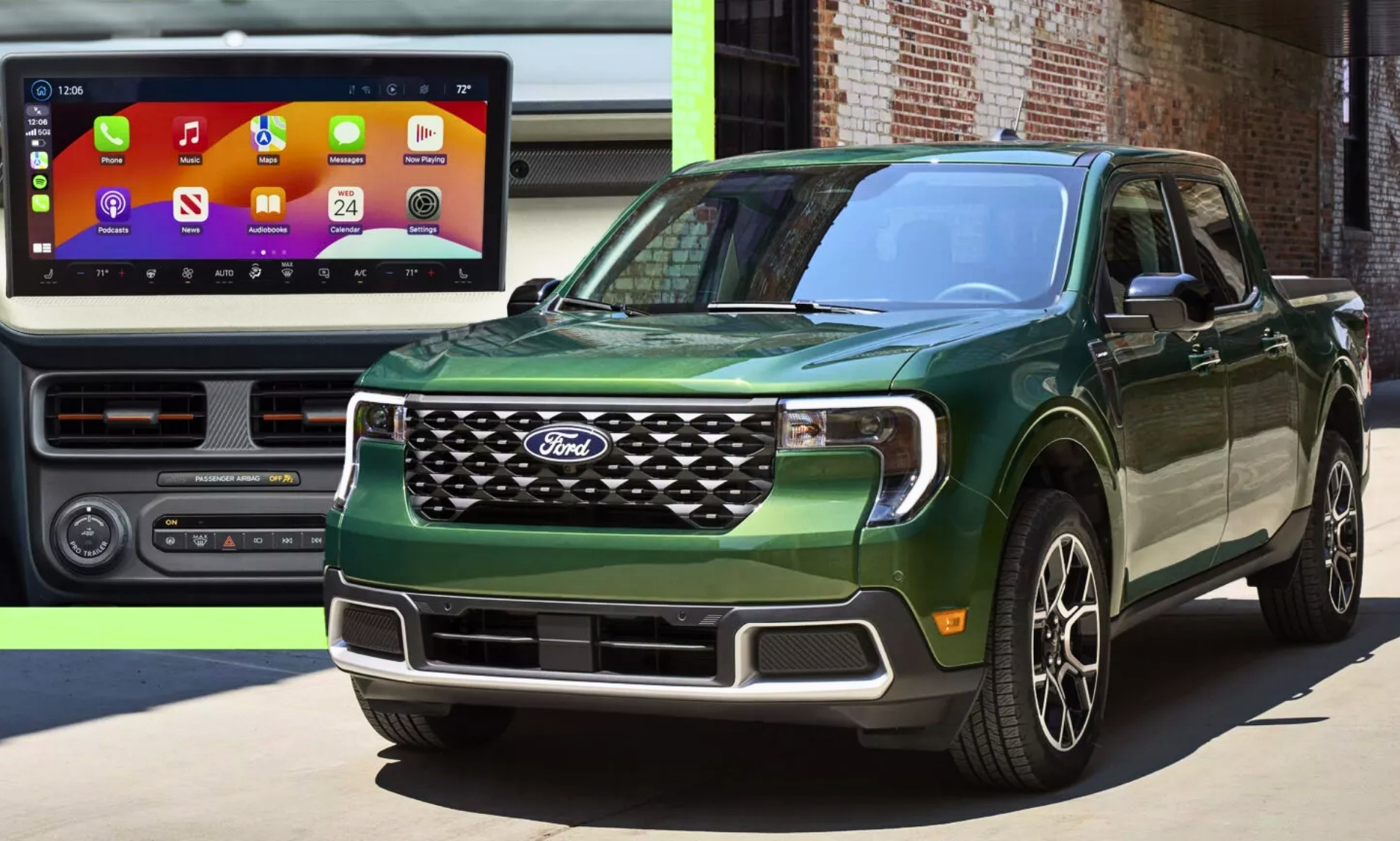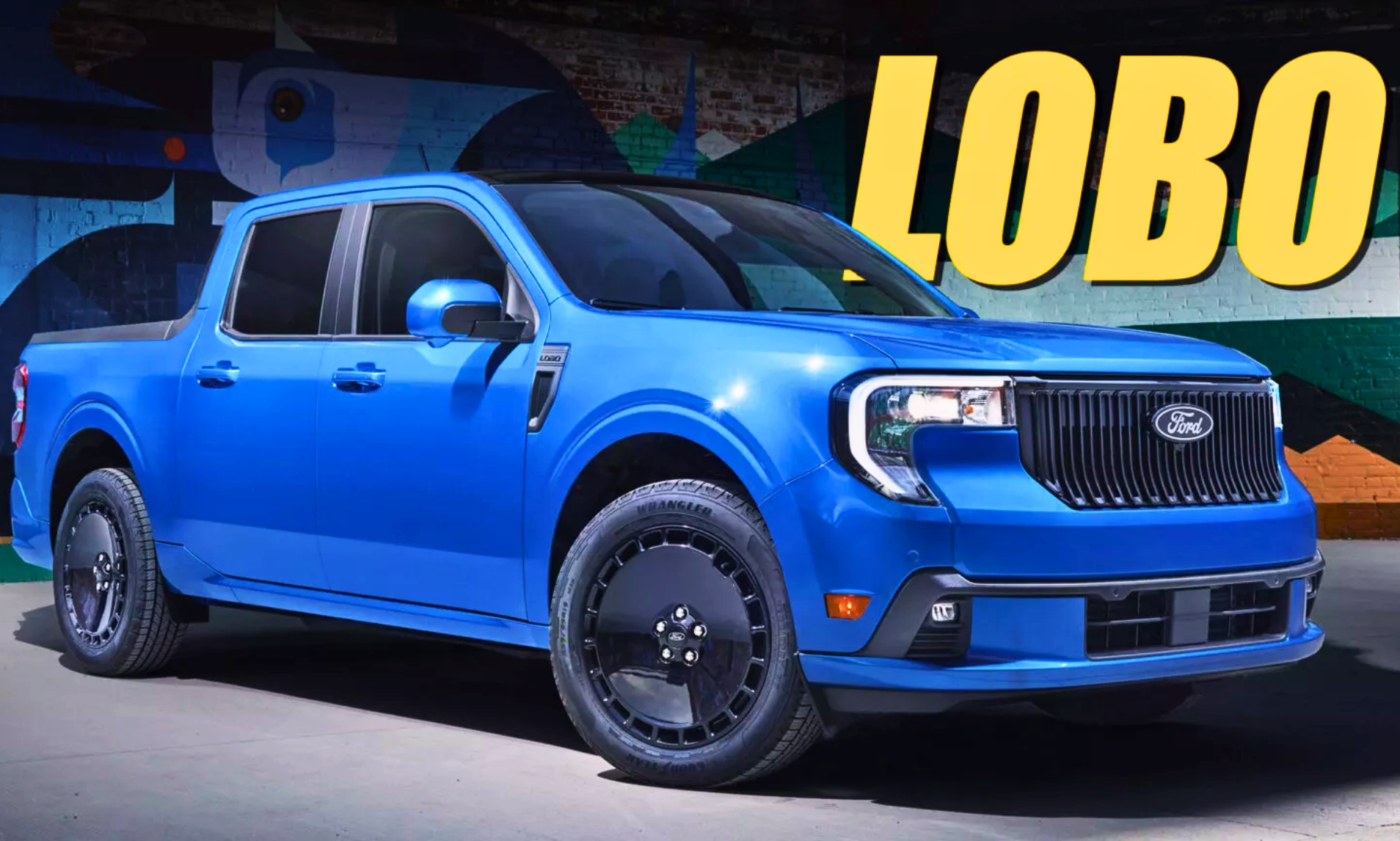Ferrari has gone back to the future with a stunning new V12 supercar combining futuristic styling with a nod back to its classic Daytona.
The legendary Italian luxury performance car maker upped the ante at the 12Cilindri’s launch by revealing not one but two new cars.
Alongside the powerful new 12Cilindri coupe, it unveiled a surprise open-top spider version to complement it – describing them as ‘two souls in the same car’.
Some well-heeled customers may even order matching pairs.
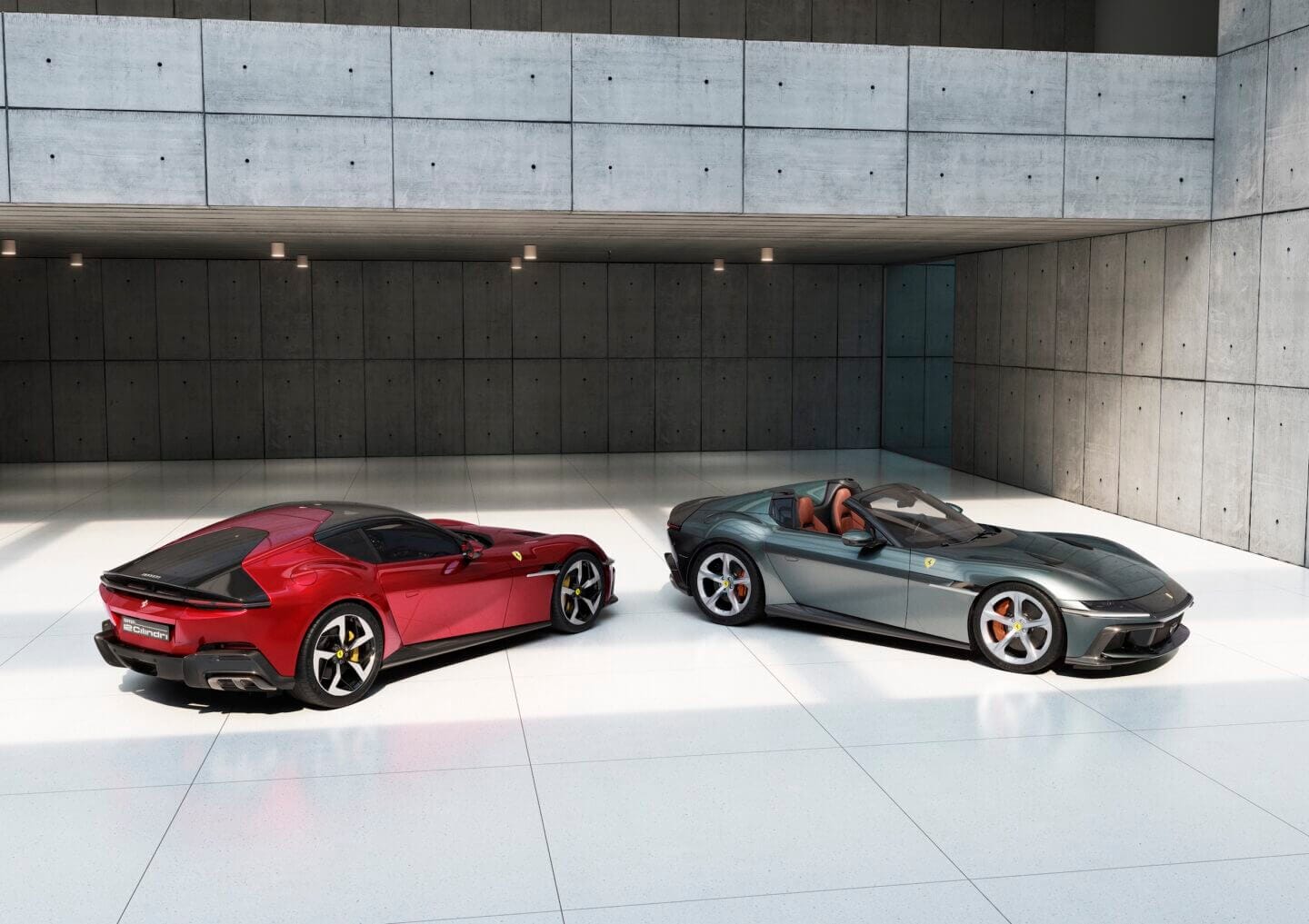


The cars were unveiled today at a special event at Miami Beach in Florida, as Ferrari celebrates its 70th anniversary in the USA.
However, ahead of the unveiling, we were given an exclusive pre-launch preview at Ferrari’s headquarters, in Maranello, Italy.
The new 211mph two-seater takes its name from the Italian for 12 cylinders. The front-engined, berlinetta-style car has a mammoth V12 petrol engine that delivers a ‘unique thrilling sound’. 0-62mph? In under 3 seconds.
Ferrari said the car, which replaces the 800hp 812 Superfast, and its name were a celebration of the firm’s V12 heritage.
The new 12Cilindri coupe will cost from €395,000 and the open-top spider from €435,000.
UK prices for right hand-drive models will be confirmed in due course, Ferrari said but at current exchange rates those prices translate to £340,000 and £372,000, respectively.
With extras added buyers shouldn’t expect much change from half-a-million pounds.
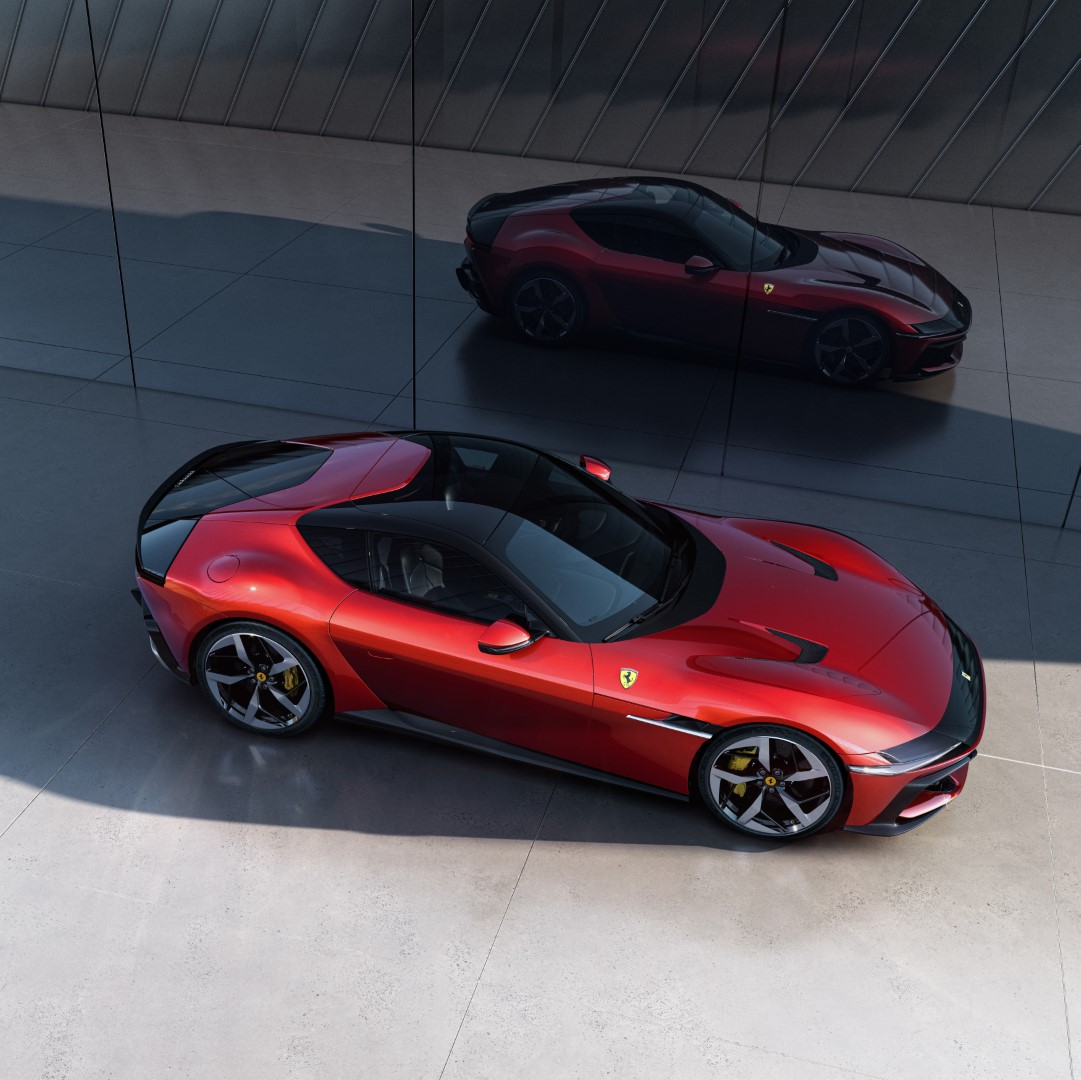

Riding on 21-inch tyres, the new 12Cilindri is powered by a 830 horsepower, 6.5 litre V12 engine linked to an 8-speed DCT automatic that propels it from rest to 62mph in 2.9 seconds, 0 to 124 mph in under 7.9 seconds and on to a top speed of 211mph-plus.
The company said the F140HD engine is ‘the new version of the iconic naturally-aspirated Ferrari V12, the purest expression of Ferrari’s soul’.
It noted: ‘Its peerless performance, powerful soundtrack and exclusivity make it the worthy heir to the legendary berlinetta sports cars that wrote some of the most glittering chapters in the marque’s history.’


The open-top spider version is 60kg heavier than the coupe and luggage space is 100 litres less – as a result of the roof mechanism and added strengthening – but performance figures are the same as the coupe.
To boost driver engagement and involvement, Ferrari noted: ‘For the very first time on a naturally-aspirated engine, an innovative software strategy was developed that can modify the maximum torque available as a function of the gear selected.’
Using sophisticated electronic controls, engineers were able to ‘sculpt’ the torque curve in third and fourth gears to improve driving pleasure: ‘The introduction of new gear ratios furthermore keeps acceleration levels high.’
Daytona meets Darth Vader
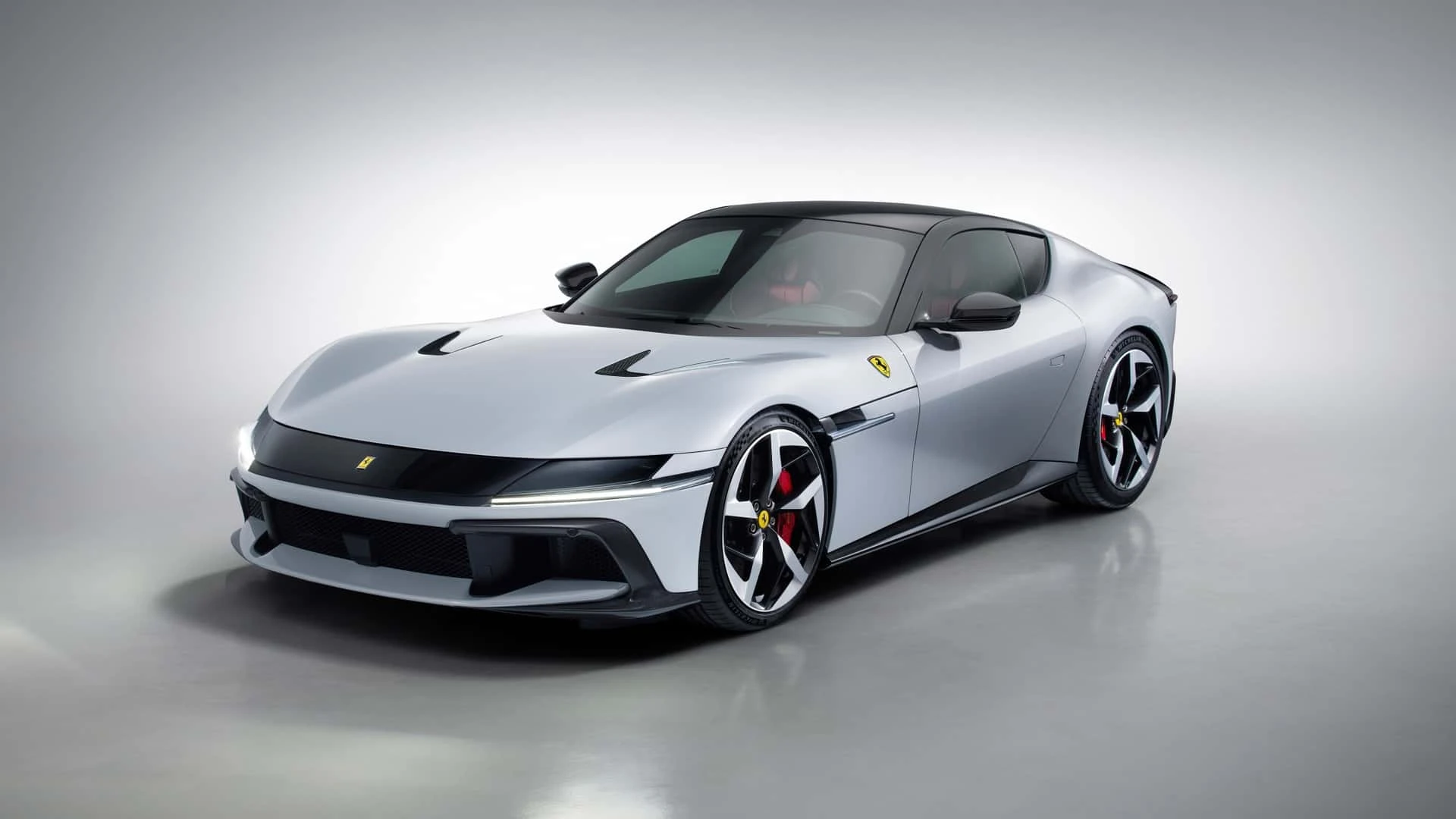
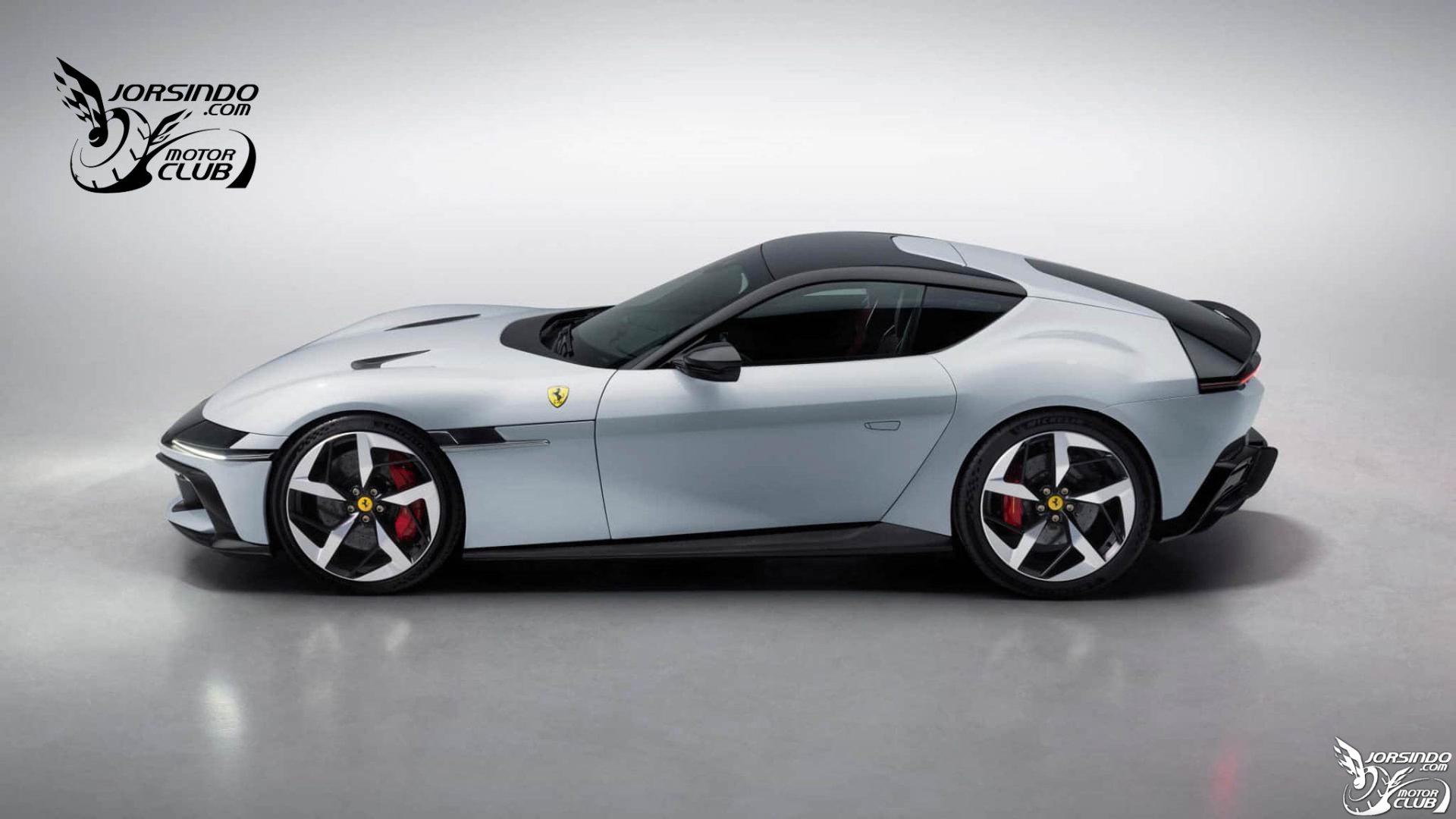
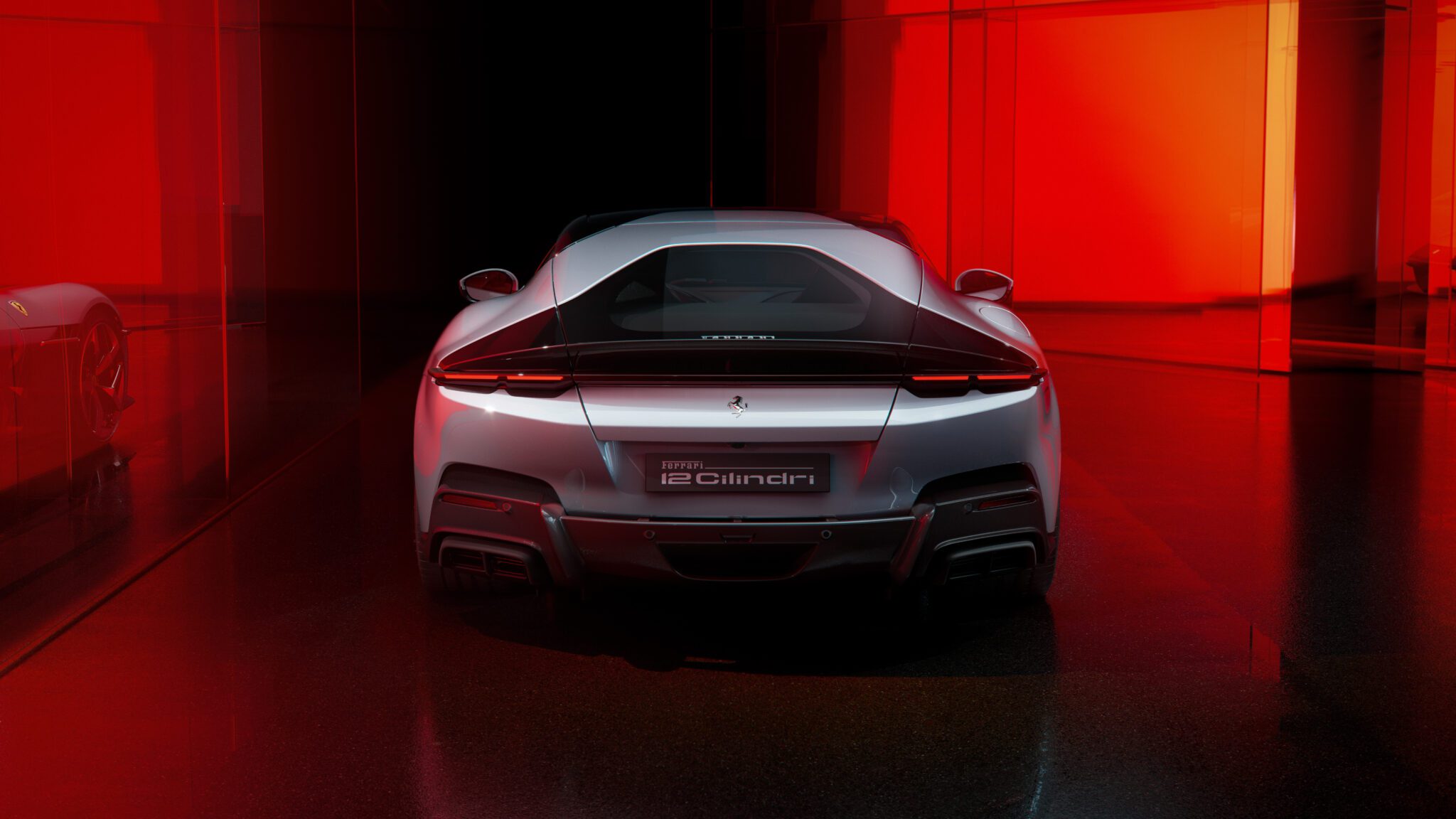
The 12Cilindri’s design and styling are particularly intriguing.
Ferrari says it takes inspiration from its gran turismo cars of the 1950s and 60s and, in particular, the race-bred but versatile 365 GTB/4 and GTS/4 ‘Daytona Ferraris’ sold from 1968 to 1973.
Their unofficial Daytona name is said to have been applied by the media to commemorate Ferraris finishing in first, second and third place in the February 1967 24 Hours of Daytona race.
But there’s another twist. Ferrari design chief Flavio Manzoni was also inspired by and drew on ‘sci-fi’ and ‘space age’ forms, with a pure and minimalist fuselage, a vast front-hinged clam-shell bonnet, wrap-around front vizor, and a delta-wing rear.
Inspiration even included elements from movie director Stanley Kubrick’s 1968 cinema epic 2001: A Space Odyssey, and, perhaps surprisingly, the late Gerry Anderson’s science-fiction TV series such as Space 1999, using live actors and realistic model special effects, set on a Moonbase which leaves the Earth’s orbit.
Manzoni confided to me that he’d even bought the boxed DVD set of Space 1999, created by Briton Anderson, whose TV sci-fi credits also include ‘UFO’ and popular children’s puppet series such as Thunderbirds, Stingray, Fireball XL5 and Supercar.
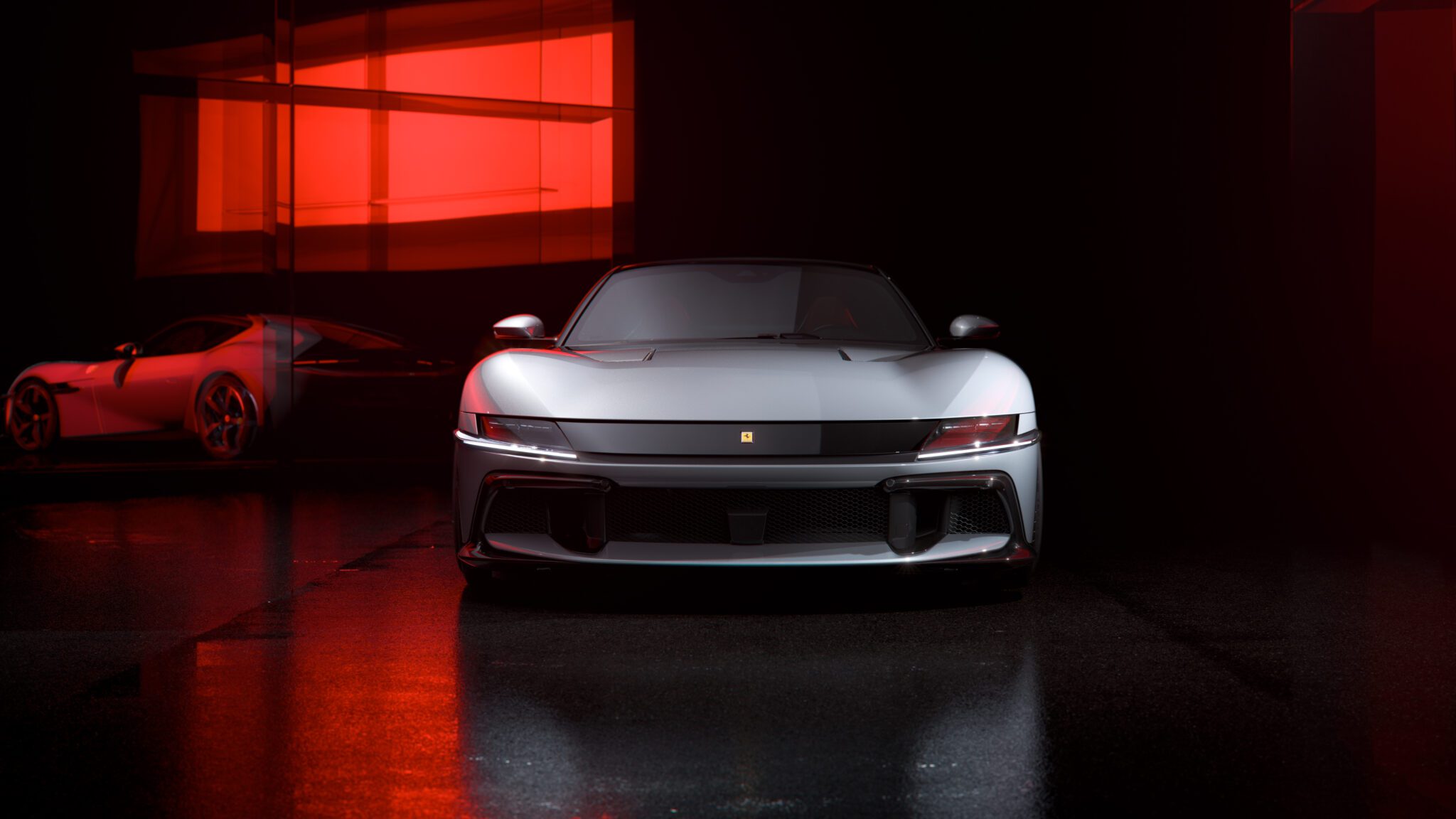
And the Miami unveiling is ‘not far from Cape Canaveral’, he pointed out about NASA’s rocket launch site.
In the glossy white Bianco Artico paintwork with black trim, I thought the car’s visual appearance bore an uncanny resemblance to one of Darth Vader’s Star Wars stormtroopers.
But the overall result is a car whose wings are sculpted with geometric precision, with a vast sleek bonnet interrupted only by two vents to cool the engine bay.
Headlights are integrated into a single wrap-around band. Instead of a rear spoiler there are two active flaps integrated with the rear screen – these help control downforce and drag, and are speed dependent.
The underbody is also aerodynamically sculpted to help streamline the car, keep it on the ground, and to evacuate hot air from the vast engine at the front.
Ferraris not going electric yet
Ferrari marketing boss Enrico Galliera made clear that while the company had plans to launch a fully electric Ferrari car next year, the focus here was unashamedly on advancing the rich heritage of an old-school, powerful, aggressive, yet refined V12 petrol-powered car.
He said: ‘Today we are not here to talk about electrification. We believe there’s space to allow the customer to choose.
‘You hear now a lot about electrification. This is a naturally aspirated V12.’
Ferrari founder Enzo Ferrari had described the V12 engine as ‘the essence of Ferrari’, he said.
‘Despite our move to electrification, there are still people who enjoy the pleasure of a V12 naturally aspirated engine.’
Galliera added: ‘Almost everything is new – from the chassis to the exterior. It’s a new chapter in Ferrari’s history.’
Blending performance and comfort, he said: ’We wanted to take all the main elements of our bloodline and our DNA’.
Inside the Ferrari 12Cilindri

With two sporty seats, the hi-tech twin cockpit cabin is split into two separate pod-like zones – one for the driver and the other for the passenger.
The driver’s main illuminated digital dashboard display looks hi-tech and space age. It is one of three, with a second a central display and a third ahead of the passenger. The sense of space is accentuated by a large, tinted glass roof.
All main functions can be controlled from the central 10.25-inch touchscreen.
The driver has a 15.6-inch display showing driving and dynamic information. Apple Car play and Android Auto are standard – and needed – as there is no in-built sat-nav.
The passenger’s 8.8 inch screen means they feel like ‘a genuine co-driver’.
Audio fans can opt for a 1600W high-end system with 15 loudspeakers and 360-degree surround sound developed in collaboration with Burmester.

Is this the last of the V12 Ferraris?
Will this be the swansong last V12 for Ferrari ahead of its electric revolution?
‘The answer is that we cannot answer’, teased marketing chief Enrico Galliera.
But he maintained they would continue with it as long as the legislation allowed and customers wanted it.
Given the Florida location of the 12 Cilindri’s international launch, it does also beg the question of the coupe and spider versions: which one would be your Miami Vice?
